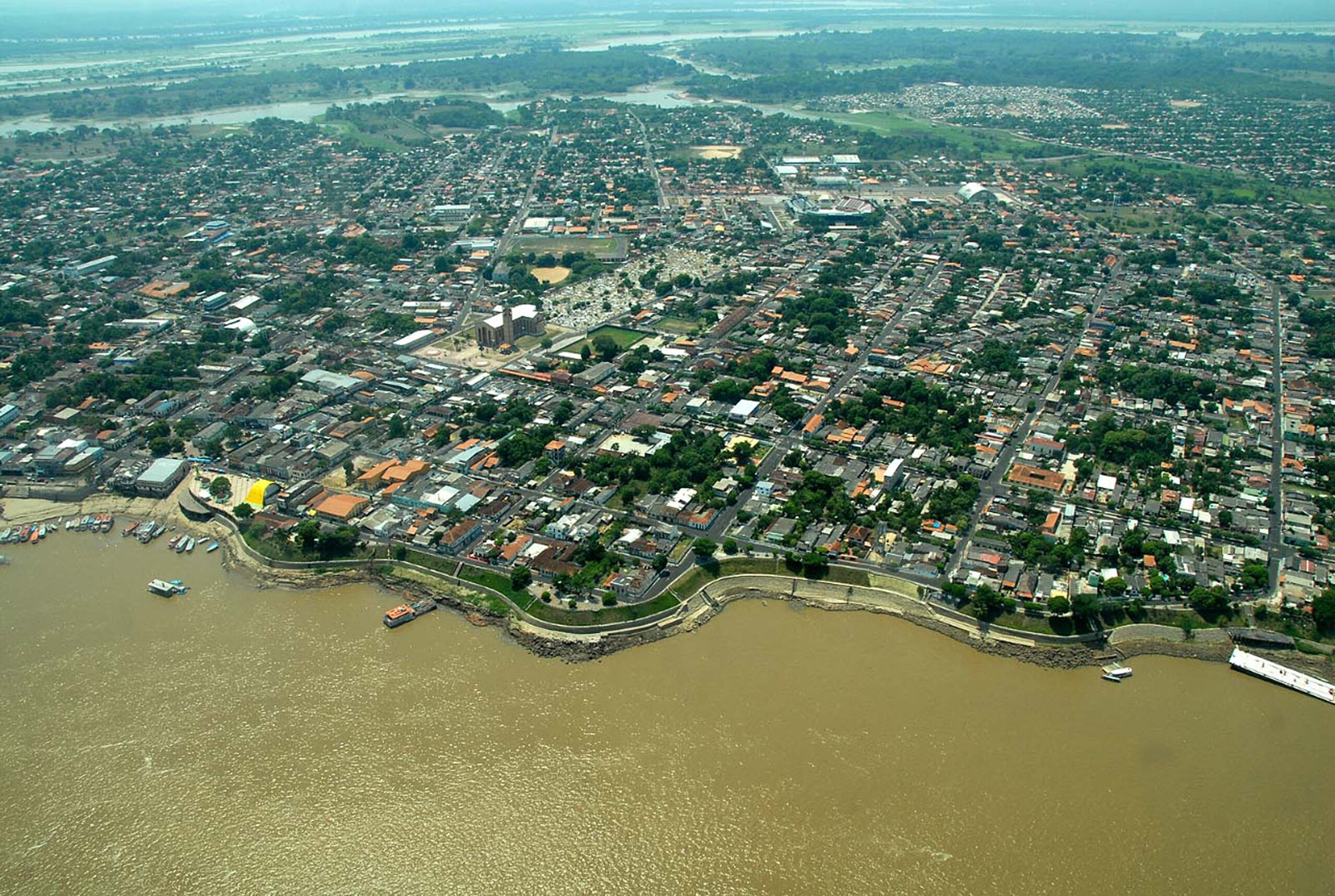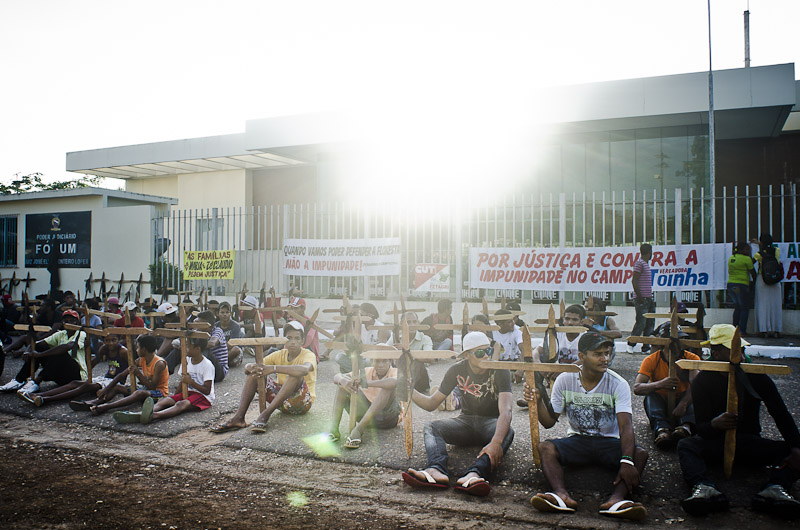
The Amazonian City: The Paradox of Urbanization and Resilience
Failed infrastructure and limited governance force metropolises to create their own systems to survive isolation
Gustavo Crubellati Nunes, from NINJA’s Collaborative Coverage at COP30
Although the Amazon is known worldwide for its forests and rivers, most of its inhabitants live in cities. Metropolises like Manaus, Belém, Santarém, and Parintins concentrate a large part of the population and face unique challenges. According to 2024 estimates by the Brazilian Institute of Geography and Statistics (IBGE), an estimated 75% of the 30 million residents within the Legal Amazon live in urban areas.
The main challenge is the isolation resulting from the region’s heavy reliance on river transport, where waterways are the primary means of inter-state circulation. This model is highly vulnerable to climate shifts. During the dry season, low river levels necessitate smaller vessels, increasing transportation costs and delaying shipments. During floods, navigation is also compromised. The extreme variation in water levels, which can reach up to 10 meters between high and low seasons, causes severe logistical losses and significantly increases the average cost per ton transported. The final result is higher consumer prices and difficulties in full integration with the rest of the country.
Municipal governments face significant management problems and lack the technical infrastructure needed to design adequate public policies, affecting areas like sanitation, housing, and health. The imbalance is striking: Belém, Manaus, and Rio Branco rank among the Brazilian capitals with the lowest rates of tree cover, with less than half of their streets lined with trees.
The deficit in water supply and sewage treatment is the most severe public health crisis. The 2025 report from the National Sanitation Information System reveals that only 3.8% of Santarém’s 360,000 residents and just 17.2% of Belém’s 1.4 million inhabitants have access to sewage collection and treatment. This unplanned urban growth forces the use of palliative solutions, such as eco-barriers and the manual removal of solid waste from local streams, to mitigate pollution entering the rivers.
Local governance faces additional obstacles. The lack of land regularization complicates urban planning and encourages irregular settlements. Institutional fragility and dependence on federal funds limit municipalities’ capacity for autonomous development and complex infrastructure investments. Since most public funds are directed to essential services like health and education, limited room remains for other strategic developments. This contributes to the migration of local communities to larger cities in search of employment and better services.
However, since these large cities often lack proper planning to accommodate the influx, plus the economic fragility, low wages, and inadequate housing, the result is high rates of urban slums. More than 50% of the populations of Belém and Manaus live in informal settlements, where state institutions are often absent and access to basic services like electricity and water is scarce.
In the historic centers of Manaus and Belém, the architectural legacy of the Rubber Boom remains visible. Buildings like the Amazonas Theatre and the Ver-o-Peso Market reflect the European influence and luxury of the economic peak. This contrasts sharply with the vernacular architecture, which uses materials like wood and light structural designs, demonstrating a unique adaptation to the hot and humid tropical climate.
In Manaus, the seasonal flooding of the Negro River and local streams has begun to affect not only vulnerable areas but also parts of the historic center. Adaptation efforts include wooden bridges built by the city government over flooded streets to ensure pedestrian mobility.

River ports remain the economic heart of these cities, functioning as vital logistical hubs. Urban mobility, however, faces significant challenges. Modern transport projects, such as the monorail planned for Manaus before the 2014 World Cup, never materialized. Transport is dominated by buses and cars, with Manaus having only 30 kilometers of bike lanes. In contrast, Belém demonstrates notable progress: it implemented a Bus Rapid Transit (BRT) system in November of this year and its cycling network now exceeds 220 kilometers.
The combination of precarious infrastructure, logistical challenges, and limited public management makes Amazonian metropolises vibrant yet full of contrasts. They are defined by their natural isolation, their institutional struggle to sustain their role as regional service centers, and by the creativity of their inhabitants in compensating for the absence of the state. This pressure compels Amazonian cities to find unique forms of organization to fulfill their crucial role as hubs of the world’s most important ecosystem. It is in this scenario of contrast and urgency that the future of the Amazon must be discussed.


